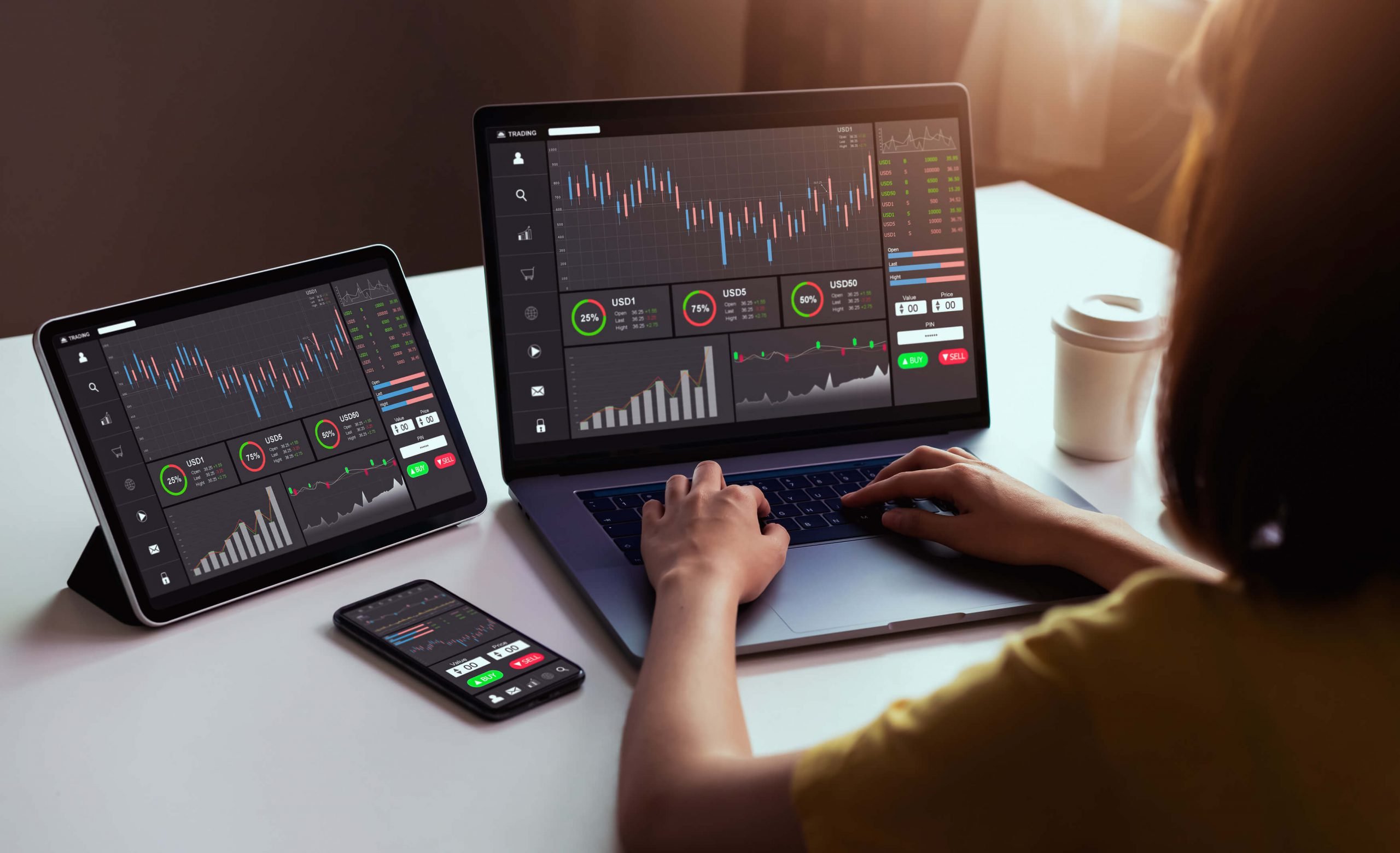1. Set stop-loss and limit orders
By utilizing stop-loss and limit orders effectively, traders can protect their capital and capitalize on favorable market movements.
- A stop-loss order is a predetermined instruction to sell a security if its price reaches a certain level, limiting potential losses. This ensures that a trader's losses are contained and prevents further downside in volatile markets.
- A limit order is set to buy or sell a security at a specific price or better. It helps traders lock in profits by automatically executing the trade when the desired price is reached. By utilizing stop-loss and limit orders effectively, traders can protect their capital and capitalize on favorable market movements.
2. Diversify your portfolio
Diversification helps mitigate risk by not putting all eggs in one basket and potentially offsetting losses in one area with gains in another. It is important to note that diversification does not guarantee profits or protect against all losses, but it can help manage risk in a well-balanced portfolio.

3. Manage your emotions
Fear and greed can drive irrational decision-making, leading to impulsive trades and significant losses. It's essential for traders to cultivate discipline and emotional control. This can be achieved through developing a trading plan, setting realistic goals, and sticking to predefined strategies. Regularly evaluating and analyzing trades, learning from mistakes, and having a long-term perspective can help traders maintain emotional balance and make rational decisions.
4. Stay informed
There are many factors like central bank decisions, economic data releases, and geopolitical events that could cause the market to fluctuate. Staying informed about such developments allows traders to anticipate potential price movements and adjust their strategies accordingly. Utilizing news aggregators, following reputable financial websites, and subscribing to relevant newsletters can help traders stay updated and make informed trading decisions.
5. Maintain a positive risk-reward ratio
A risk-reward ratio involves determining the potential reward in relation to the acceptable level of risk for each trade. For example, if the maximum potential loss (risk) on a trade is $100 and the maximum potential gain is $200, the risk-reward ratio is 1:2. This approach helps traders maintain a favorable risk profile and avoid taking excessive risks that may jeopardize their trading capital.

Conclusion
By implementing various risk management techniques, traders can mitigate risks and increase the likelihood of achieving their trading goals. It's important to remember that trading involves risks, and no strategy can guarantee profits. Therefore, continuous learning, adaptability, and disciplined execution are key to long-term success in the dynamic world of trading.




